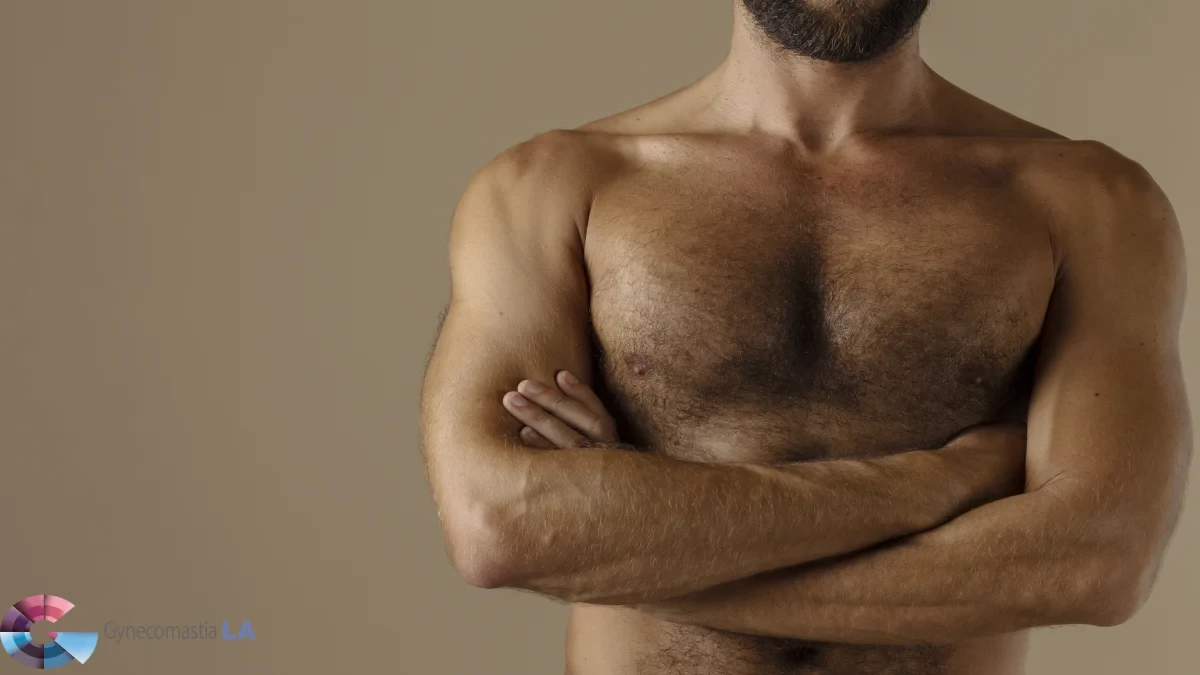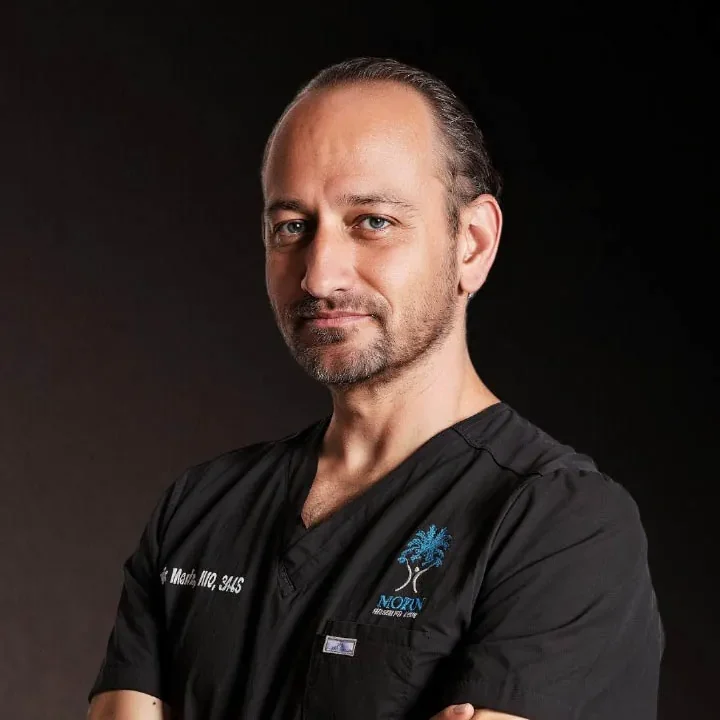Table of Contents
The Ideal Man’s Chest
The ideal Man’s Chest is often associated with strength, masculinity, and attractiveness. It is characterized by a well-defined, muscular appearance and a balanced, symmetrical shape. Understanding what constitutes an ideal chest is crucial as it can greatly impact a man’s physical appearance and self-confidence.
Various factors can affect the appearance of the ideal man’s chest, one of which is age. With aging, the chest muscles may lose some tone and definition, leading to a less sculpted look. Additionally, the skin quality may change, becoming looser and saggy, which can greatly affect the appearance of the chest.
Body weight is another significant factor to consider when aiming for the ideal man’s chest appearence. Excessive body fat can conceal the underlying chest muscles and make it difficult to achieve a chiseled look. However, being too lean can also be disadvantageous, as it may result in a lack of overall muscle mass and definition.
Furthermore, the quality of the skin plays a crucial role in the appearance of the ideal man’s chest. Factors such as sun exposure, genetics, and skincare habits can impact the skin’s elasticity, firmness, and texture. Good skin quality can enhance the overall appearance of the chest muscles, while poor skin quality may compromise the aesthetic goals.
Lastly, individual anatomy should be taken into account. Some men naturally have a more prominent chest shape, while others may need to utilize specific exercises and training techniques to develop and define their pectoral muscles.
Understanding the features, characteristics, and factors that influence the ideal man’s chest is essential for those aiming to achieve a desirable physique. By considering age, body weight, skin quality, and individual anatomy, individuals can work towards achieving a chest that embodies strength, masculinity, and attractiveness.

Man’s Chest Anatomy
The anatomy of a man’s chest is composed of different components and structures that play a significant role in both physical appearance and functionality. The chest muscles, also known as the pectoralis major and pectoralis minor, are the primary muscles responsible for the shape and definition of the male chest. These muscles are located in the upper front of the torso, spanning from the sternum to the shoulder joint.
The pectoralis major muscle consists of two parts, the clavicular head and the sternal head. The clavicular head attaches to the collarbone while the sternal head attaches to the sternum. These muscles are responsible for movements such as flexion, adduction, and internal rotation of the arm. The pectoralis minor muscle is located beneath the pectoralis major and aids in shoulder stability by pulling the shoulder blade forward and downward.
Concerns related to male chest definition primarily include gynecomastia, small chest, and misshapen chest. Gynecomastia is characterized by enlarged breast tissue in males, often caused by an imbalance in hormones such as estrogen and testosterone. A small chest refers to a lack of muscle development or volume in the chest area. Misshapen chest can be caused by factors such as genetic abnormalities or injuries that lead to abnormal chest shape or asymmetry.
The causes of male chest definition issues can vary. Hormone imbalances, such as an increase in estrogen or a decrease in testosterone, can lead to gynecomastia. Obesity can also contribute to chest definition problems, as excess fat can accumulate in the chest area. Chronic health problems, endocrine disorders, and certain medications may also be culprits. Additionally, anabolic steroid use, illegal drugs, and certain medications may result in changes to chest composition and definition.
What are the main concerns related to Male Chest Definition?
Male chest definition concerns include gynecomastia, small chest, and misshapen chest. Gynecomastia is a condition characterized by the development of excess breast tissue in men, leading to an enlarged or swollen appearance of the chest. It can cause embarrassment and self-consciousness, affecting a man’s self-esteem and body image.
Small chest is another concern, where some men may desire a more prominent and muscular chest but struggle with limited muscle mass in that area. This can make it difficult to achieve the desired chest definition and can lead to feelings of insecurity or dissatisfaction with one’s physical appearance.
Misshapen chest is yet another concern, where the chest may have an uneven or asymmetrical appearance due to various factors, such as genetics, muscle imbalances, or previous medical procedures. This can cause distress and impact a man’s confidence, especially when it comes to removing clothing or participating in activities that require a bare chest.
These issues can have various causes. Gynecomastia is often attributed to hormonal imbalances, such as an excess of estrogen or a decrease in testosterone levels. Obesity and chronic health problems, such as kidney or liver disease, can also contribute to gynecomastia.
Small chest and misshapen chest can be caused by factors such as genetics, insufficient muscle development, or previous medical procedures, such as surgical interventions or trauma to the chest area.
Gynecomastia can be further classified into different types based on the cause. Pubertal gynecomastia occurs during adolescence due to hormonal fluctuations. Age-related changes in hormone levels can also lead to gynecomastia in older men.
What causes Male Chest Definition issues?
Male chest definition issues can be caused by a variety of factors, including gynecomastia, small chest size, and misshapen chest due to genetic, hormonal, dietary, or health-related factors.
Gynecomastia is the development of excess male breast tissue, leading to a more feminine appearance of the chest. It can be caused by hormonal imbalances, such as an increase in estrogen or a decrease in testosterone. Certain medications, such as those used in the treatment of prostate cancer or anabolic steroids, can also contribute to gynecomastia.
Small chest size can be genetically determined, where an individual may have a naturally smaller chest despite regular exercise. It can also be caused by genetic conditions, such as Poland syndrome, which results in the underdevelopment or absence of chest muscles on one side.
Misshapen chest can also be attributed to genetic factors, where abnormalities in chest wall development occur. Pectus excavatum is one such condition, characterized by a sunken or concave appearance of the chest. Hormonal imbalances or dietary factors, such as excessive weight gain or loss, can also contribute to a misshapen chest.
The impact of these issues on the appearance of the male chest can vary. Gynecomastia can lead to swollen or enlarged breast tissue, causing embarrassment and self-consciousness. Small chest size can result in a lack of muscle definition, making it harder to achieve a sculpted appearance. Misshapen chest can affect body symmetry and overall aesthetic, potentially affecting self-esteem.

How improve a Man’s Chest Appearence
Having a well-defined and muscular chest is a common goal for many men. A visually appealing chest not only enhances one’s overall physical appearance but also improves self-confidence. Whether you want to build muscle, reduce excess fat, or simply improve the appearance of your chest, there are various strategies and techniques available. In this article, we will explore some effective ways to enhance a man’s chest appearance, including targeted exercises, proper nutrition, and maintaining a healthy lifestyle.
Exercises for a Man’s Chest
When it comes to working on a man’s chest, there are several exercises that can be highly effective. These exercises target the pectoral muscles, helping to strengthen and define the chest. Here are some key exercises:
1. Barbell Bench Press: This classic exercise is a staple for chest development. It primarily targets the pectoralis major, but also engages the triceps and shoulders. It can be performed with different grip widths and angles to emphasize specific areas of the chest.
2. Pec Deck Machine: This machine isolates the pectoral muscles and allows for controlled movements. It focuses on the chest fly motion, providing a deep stretch and contraction to maximize muscle engagement.
3. Bent-Forward Cable Crossovers: Using cable machines with adjustable pulleys, this exercise targets the mid to upper chest. By crossing your arms in front of your body while bent forward, you can effectively activate the pectoral muscles from a different angle.
4. Chest Press Machine: Similar to the barbell bench press, this machine offers stability and control. It targets the same muscles but provides added support, making it suitable for beginners or those recovering from injuries.
5. Inclined Dumbbell Flys: Lying on an incline bench while holding dumbbells, this exercise focuses on the upper part of the chest. It provides a wider range of motion compared to machines, allowing better muscle activation.
In addition to these exercises, dips and push-ups are also great options. Dips target the lower chest and triceps, while push-ups engage the entire chest and core muscles. By combining these exercises, you can create an effective workout routine that targets all areas of a man’s chest, helping to build strength and achieve a well-defined physique.
Surgery for a Man’s Chest
Surgery for a man’s chest, also known as gynecomastia surgery or male breast reduction surgery, aims to correct the enlargement of a man’s breast tissue. The procedure involves several important steps.
First, the patient is positioned and given anesthesia to ensure comfort throughout the surgery. Once prepared, the surgeon makes an incision along the lower half of the areola, the pigmented area surrounding the nipple. This incision allows for easy access to the breast tissue.
Next, excess breast tissue is removed. This may involve cutting away glandular tissue, fatty tissue, or a combination of both. In some cases, liposuction is also used to remove excess fatty tissue. The surgeon carefully contours the chest to create a more masculine appearance.
If required, skin tightening may be performed to ensure optimal results. This involves removing excess skin and tightening the remaining skin to achieve a firmer, more toned appearance.
Treatment options vary depending on the severity of gynecomastia. For patients with primarily fatty tissue enlargement, liposuction alone may be sufficient. However, if there is predominantly glandular tissue enlargement, gland removal may be necessary.
Prior to the surgery, patients typically undergo preoperative appointments and medical evaluations. These appointments help ensure that the patient is a suitable candidate for the procedure and allow the surgeon to discuss expectations, risks, and potential outcomes.
In summary, surgery for a man’s chest involves making an incision along the lower half of the areola, removing excess breast tissue, contouring with liposuction if necessary, and potentially performing skin tightening. Treatment options range from liposuction alone to gland removal, depending on the specific needs of each patient. Preoperative appointments and medical evaluations play an essential role in ensuring successful outcomes.

Conclusion: Man’s Chest
In summary, the male chest is a topic that entails the causes, treatment options, and exercises for achieving a well-defined chest. Understanding the factors that contribute to a less defined male chest is crucial in developing effective treatment strategies.
The causes of a less defined male chest can vary from hormonal imbalances to poor muscle development. Hormonal imbalances, such as low testosterone levels, can hinder the development of chest muscles and contribute to a less defined appearance. Additionally, inadequate muscle development, lack of exercise, and excess body fat can also lead to a less firm and sculpted male chest.
Fortunately, there are various treatment options available to address these concerns. Hormone replacement therapy can help restore testosterone levels, allowing for optimal muscle development and chest definition. Surgical procedures like pectoral implants or fat removal may also be considered to achieve a desired chest appearance.
However, non-surgical approaches are often preferred and can yield significant results. Consistent exercise regimes that focus on chest muscle strengthening, such as bench presses, push-ups, and chest fly exercises, can help develop and define the pectoral muscles. Additionally, adopting a healthy lifestyle that includes a balanced diet and regular physical activity can contribute to overall fat loss and enhance chest definition.
if lifestyle changes and behavioral modifications fail to improve a man’s chest, then surgery is an effective alternative. If you are desiring to optimize a man’s chest, we encourage you to contact our office for a consultation.

Dr.Babak Moeinolmolki
LA Cosmetic Surgeon Dr. Moein is board-certified by the American Board of General Surgery.

